
The main objective of the workshop is to organize the tasks of Solarnet Workpackage WP8.
The idea is to go through the three tasks of WP8 for half a day each, and address all the subtopics that need to be completed according to the Description of Work (DoW) for WP8 as it is part of the Solarnet Grant Agreement with the EU.
In this sense, all the task leaders are asked to
- to review the current status of the work done so far (i.e. state-of-the-art, or work done in Solarnet FP7, work already done in Solarnet H2020)
- to present the plans and methodological approaches within WP8
- to coordinate the work with the other tasks.
The meeting is a workshop, i.e. within the individual slots, sufficient time for discussion should be reserved.
In addition, one additional hour for discussion and sub-group meetings is reserved before each break.
So please come prepared for the meeting to contribute to the discussions.
Markus Roth
Tirtha Som
Markus Roth
Dirk Soltau
Alfred de Wijn
Michal Sobotka
Ilaria Ermoli
Daniele Calchetti
Robbe Vansintjan
Sabrina Bechet
Astrid Veronig
Werner Pötzi
Robert Jarolim
Luis Bellot Rubio
Francesca Zuccarello
Markus Roth
Hotel Reservation Deadline:
April 4, 2019
Deadline for Abstract submission and registration:
April 15, 2019
Deadline for hotel booking:
April 3, 2019
Please register until April 15, 2019.
A small registration fee of 50€ will be collected in cash at the workshop for lunches, coffee breaks and a joint dinner on April 29, 2019.
The workshop will take place in the seminar room of the
Leibniz-Institut für Sonnenphysik
Schöneckstr. 6
79104 Freiburg
We have made a block reservation of
for the price of 87€/night including breakfast
at the Stadthotel Kolping: https://www.hotel-freiburg.de/
You can contact the hotel by
e-mail: info@hotel-freiburg.de
Phone: +49-761-3193-0
FAX: +49-761-3193-202
The code for the block reservation is: "Solarnet KIS"
Other hotels nearby the workshop venue are:
Hotel am Stadtgarten: https://www.hotelamstadtgarten.de/Mercure
Hotel Freiburg am Münster: https://www.accorhotels.com/de/hotel-0492-mercure-hotel-freiburg-am-muenster/index.shtml
There are several airports nearby Freiburg:
1. Basel/Mulhouse/Freiburg, from there you can continue to Freiburg train station either by bus or by train (1-hour travel distance).
2. Strassbourg, from there you can continue to Freiburg by a train going via Offenburg (2 hours travel distance).
3. Frankfurt, from there you can continue to Freiburg by the fast ICE trains (2.5 hours travel distance).
4. Zurich, from there you can continue via trains (2.5 hours travel distance).
For international arrivals, i.e. from outside Europe, the best options are flying to Frankfurt or Zurich and continuing from there by train.
Germany offers a good network of train connections. Major cities in Germany including Freiburg are connected by the fast ICE trains. The German (and European) train schedule is available at http://www.bahn.de
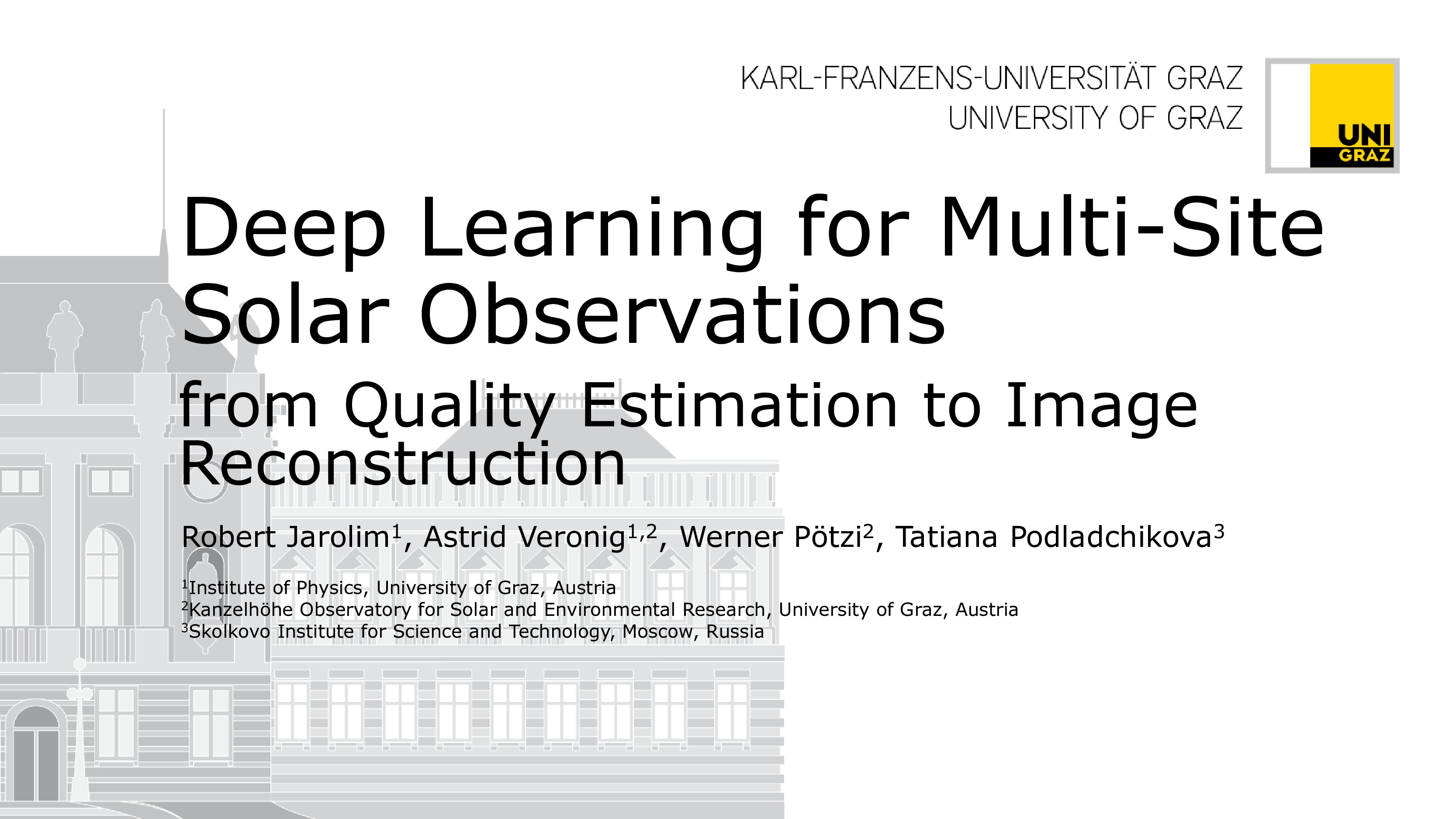
Session: Data Recording and Processing
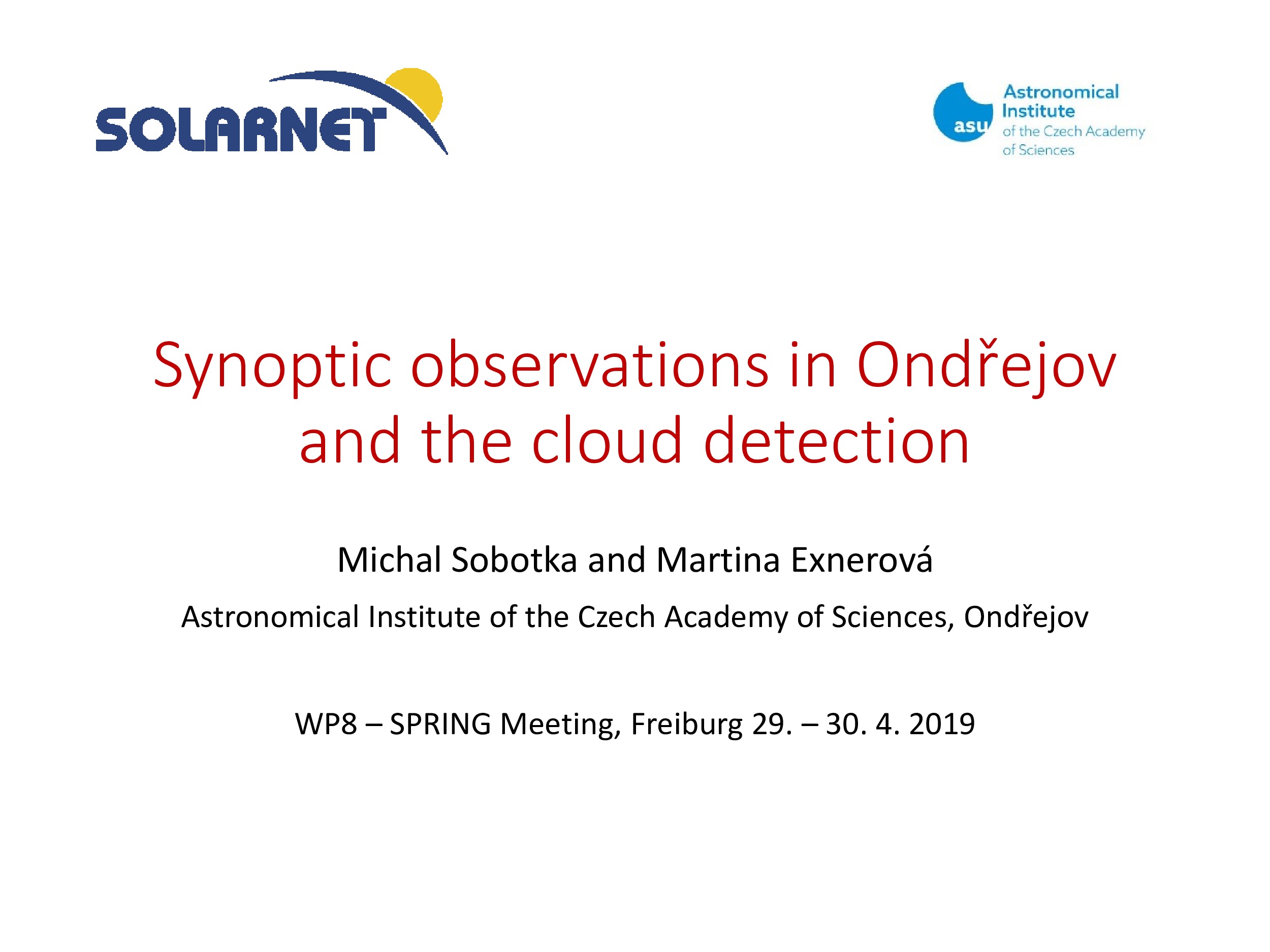
Session: Design of telescopes and instrument platform
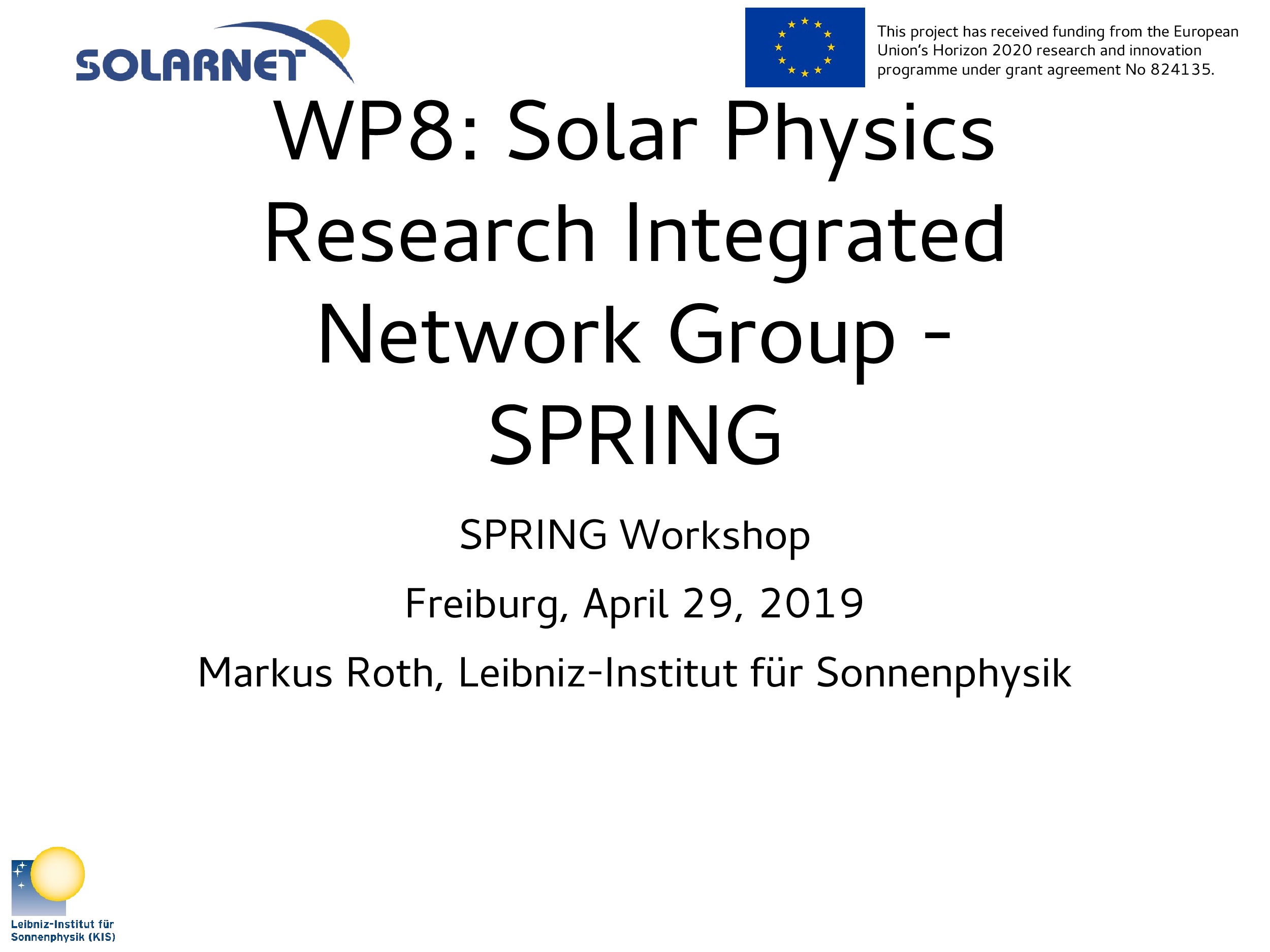

Session: Design of telescopes and instrument platform
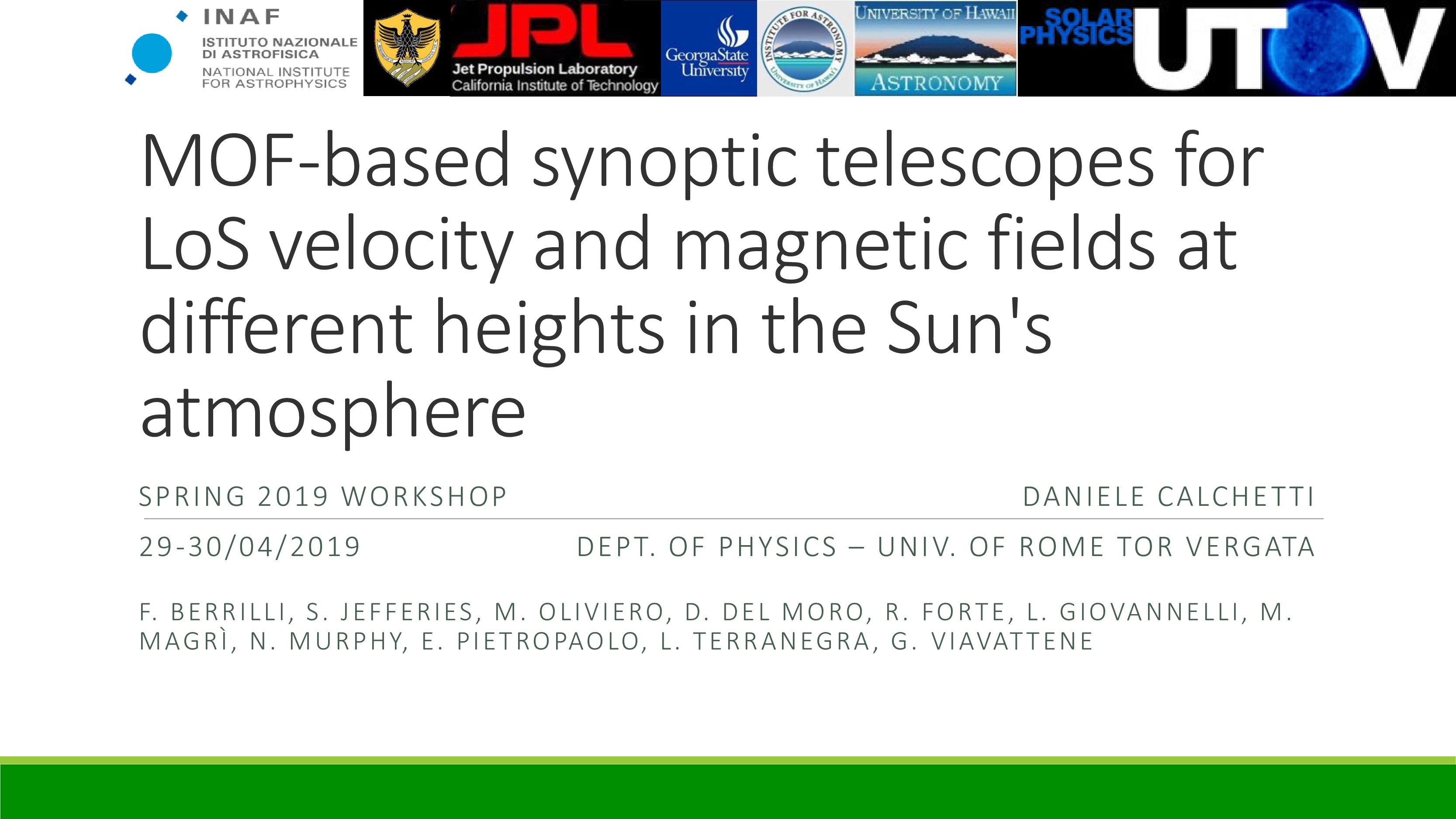
Session: Post-focus instrumentation
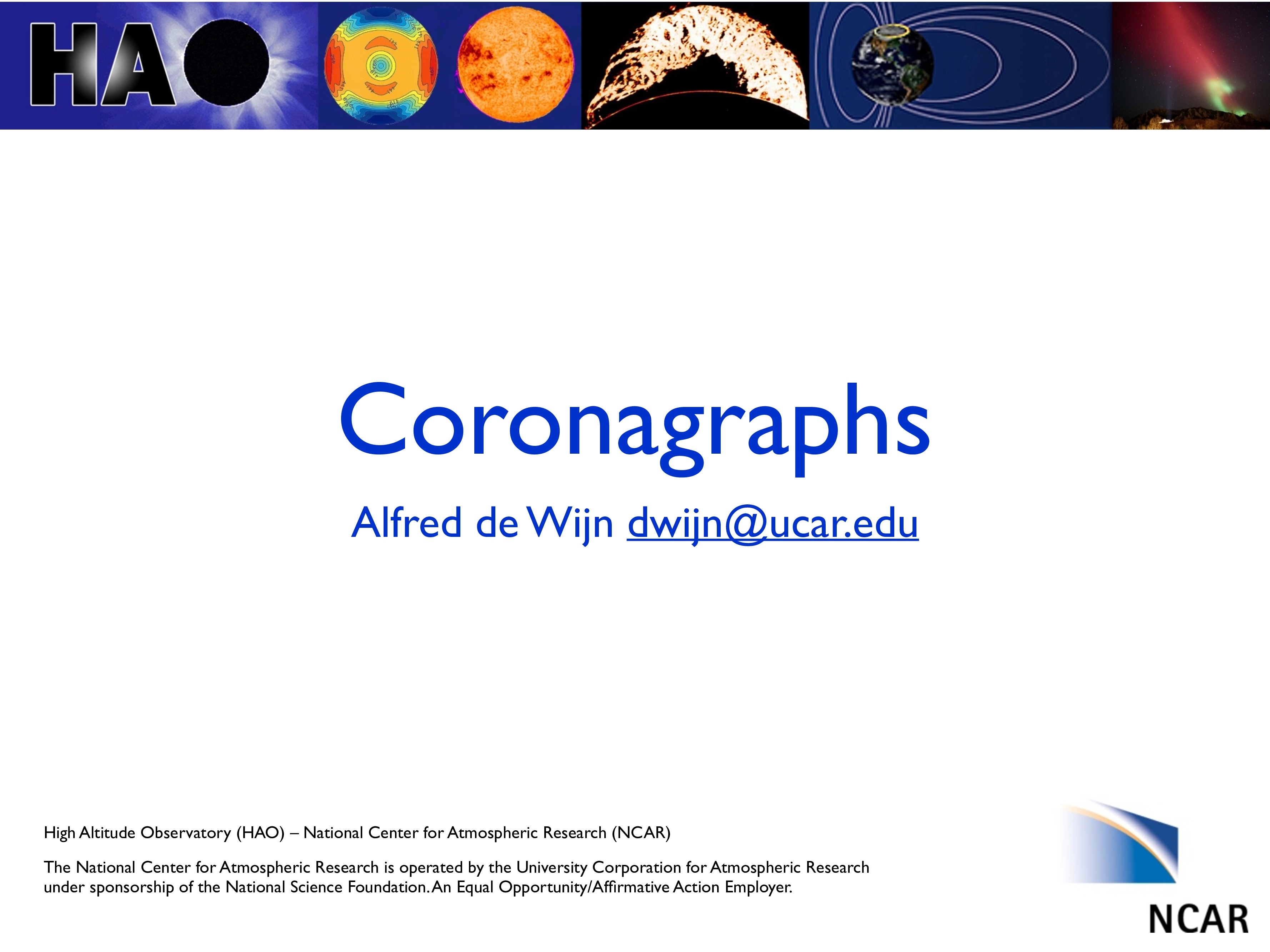
Session: Post-focus instrumentation
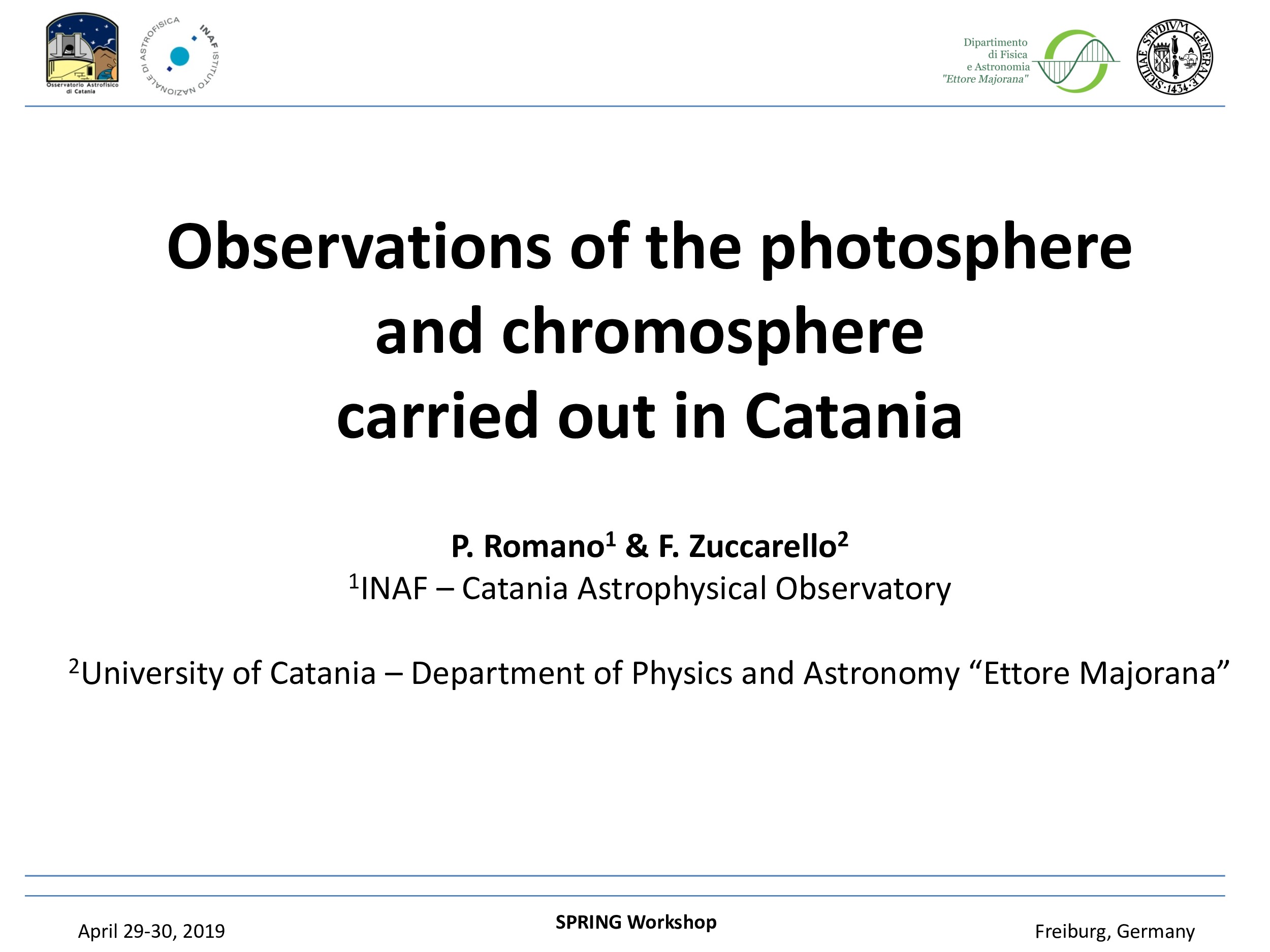
Session: Design of telescopes and instrument platform
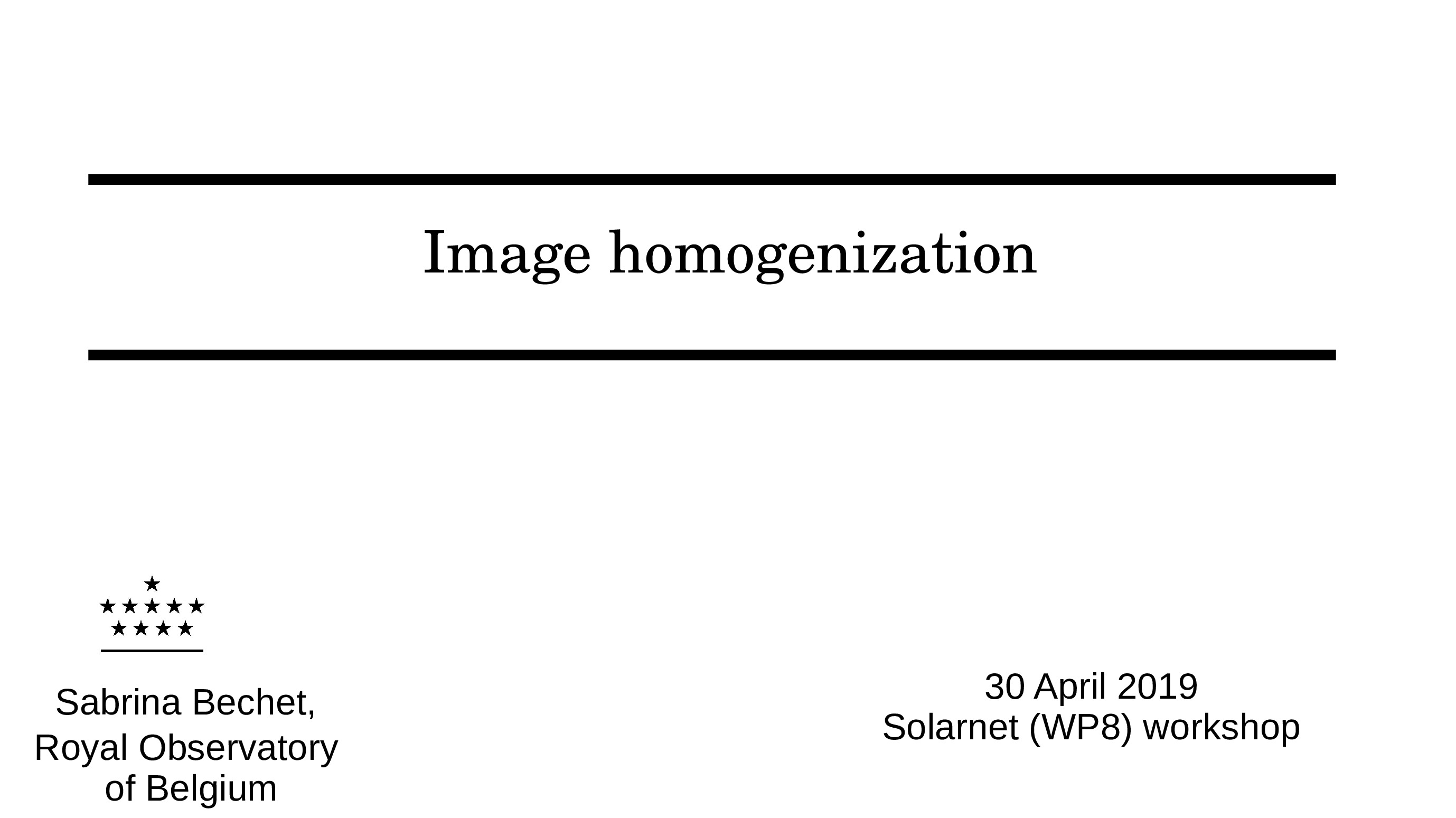
Session: Data Recording and Processing
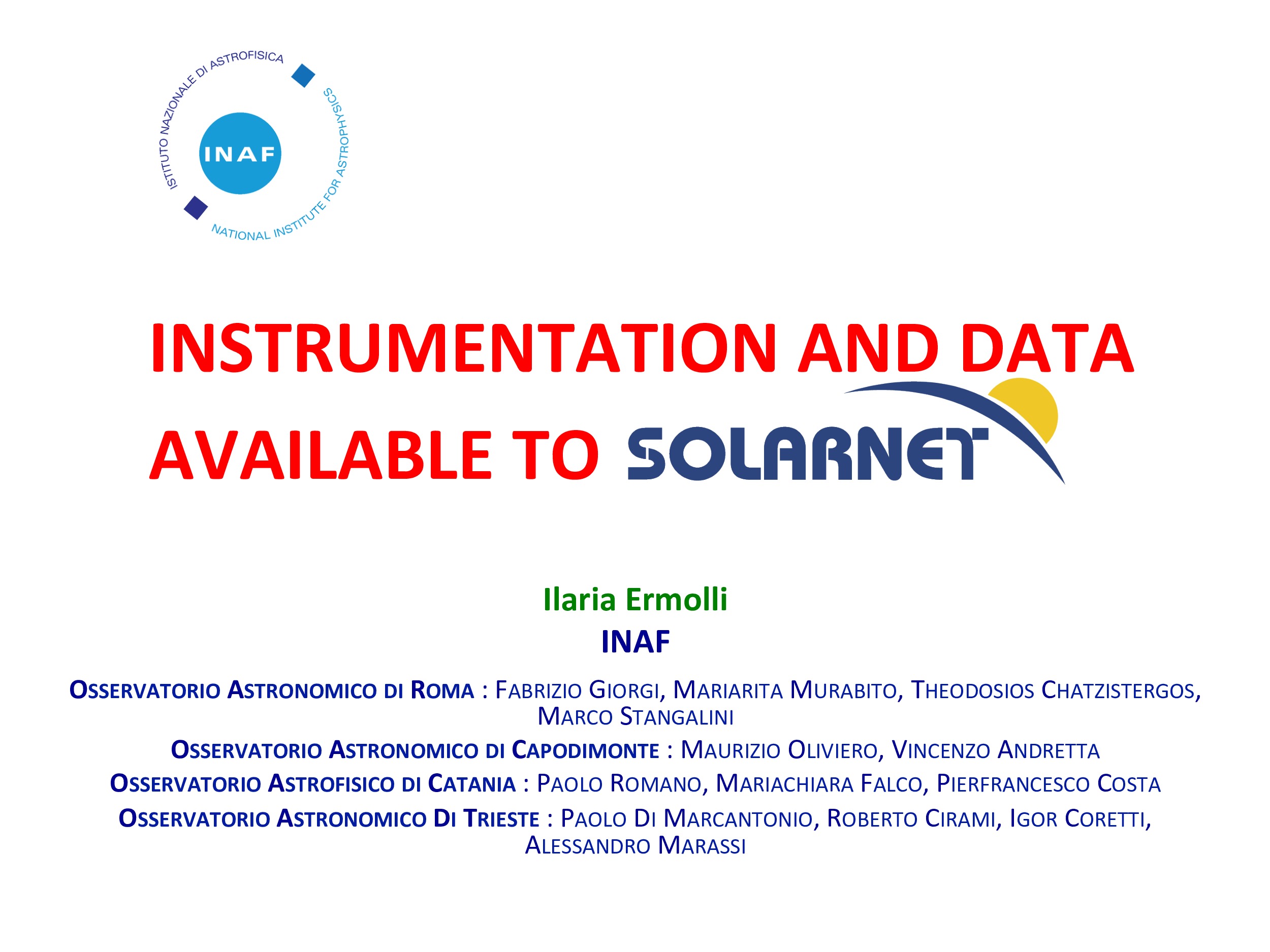
Session: Data Recording and Processing
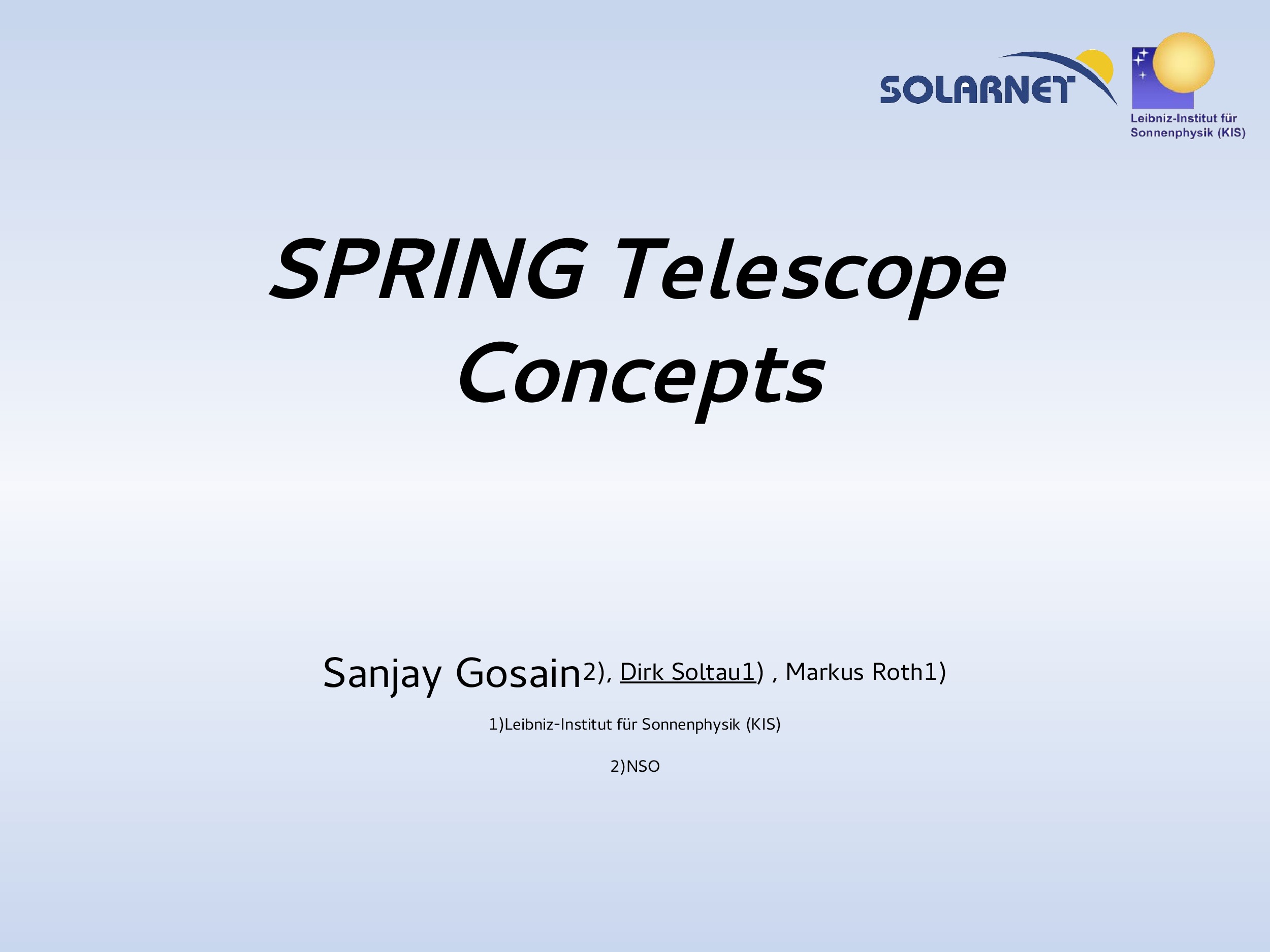
Session: Design of telescopes and instrument platform
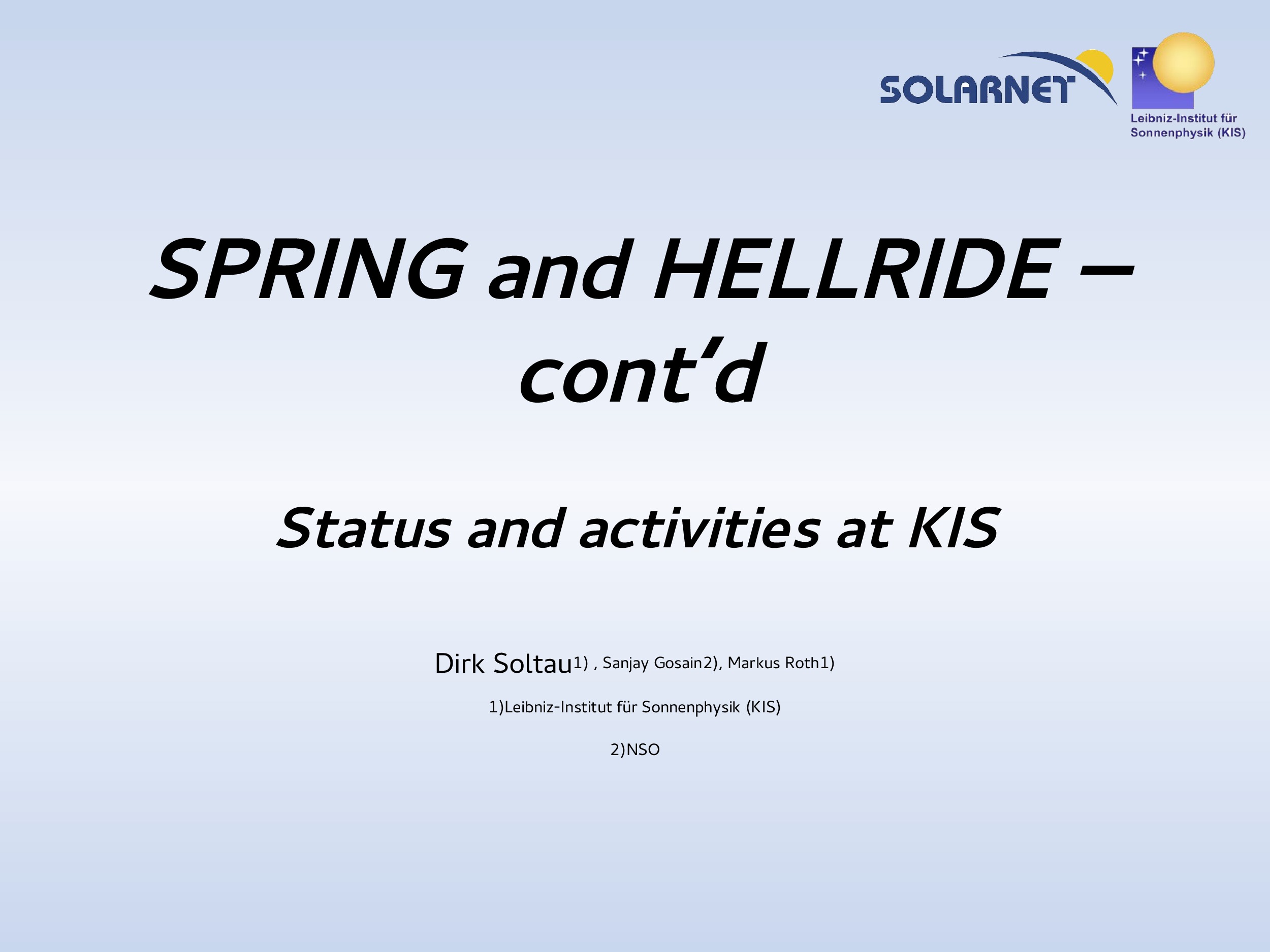
Session: Post-focus instrumentation
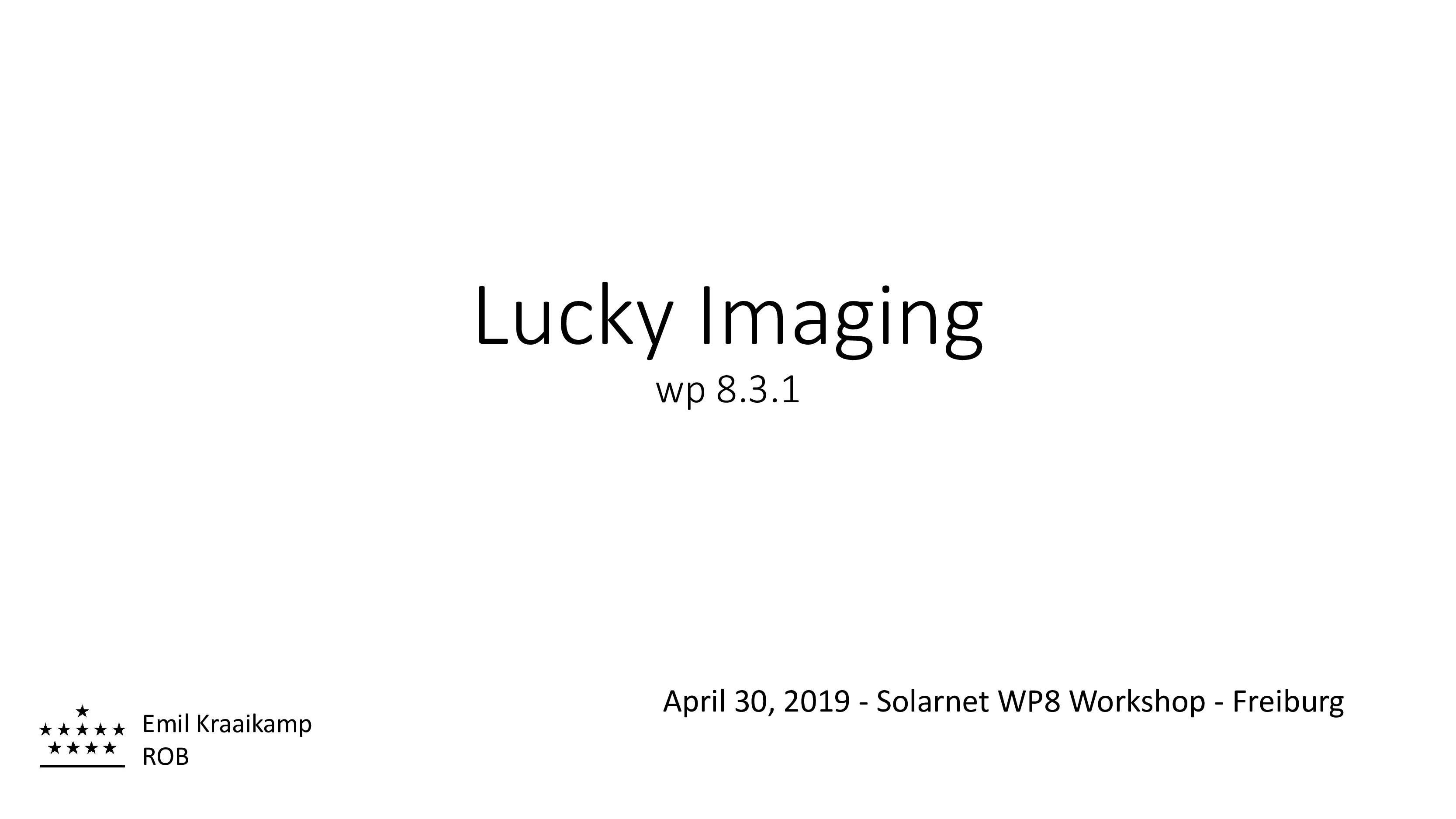
Session: Data Recording and Processing
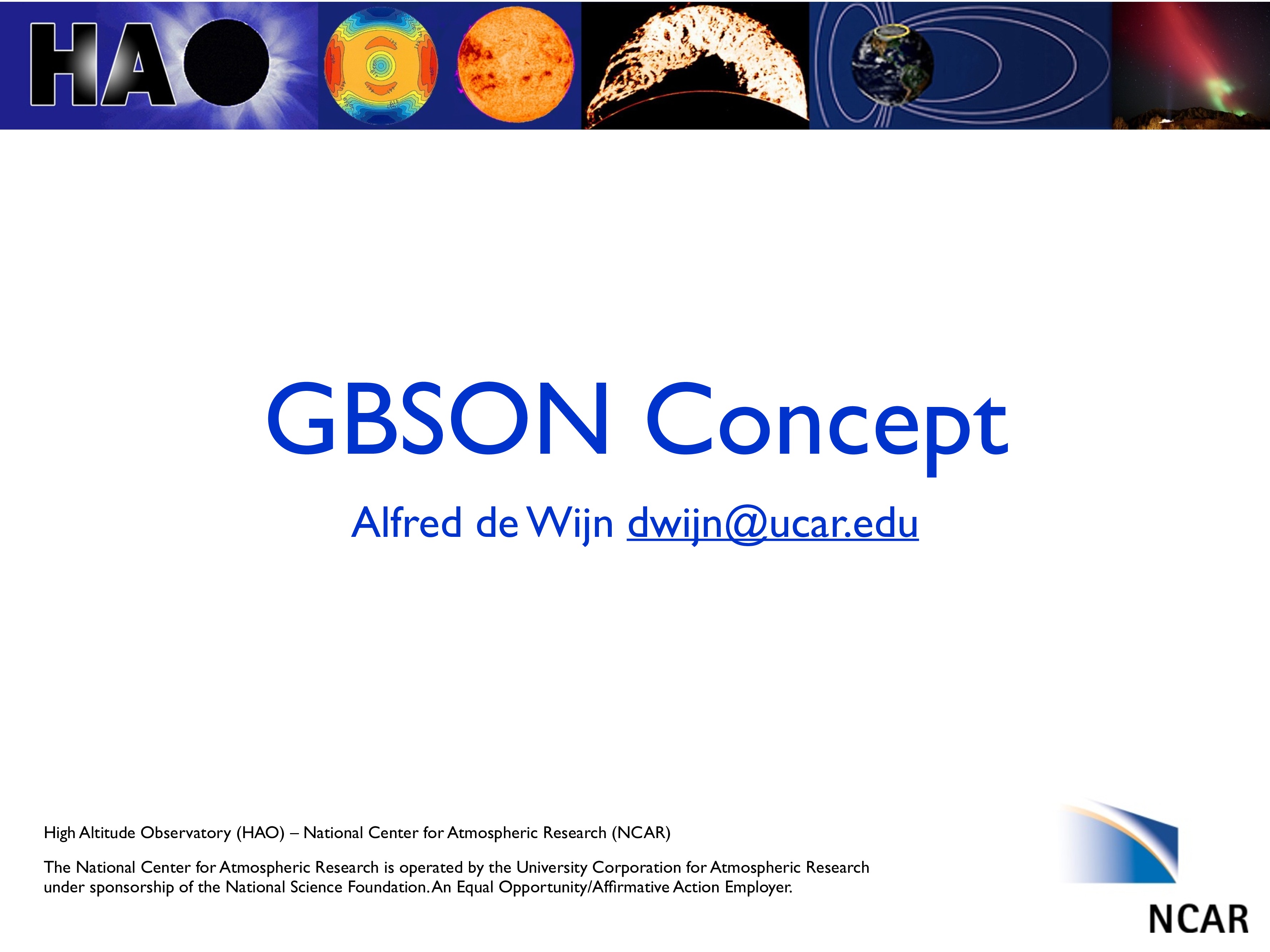
Session: Design of telescopes and instrument platform
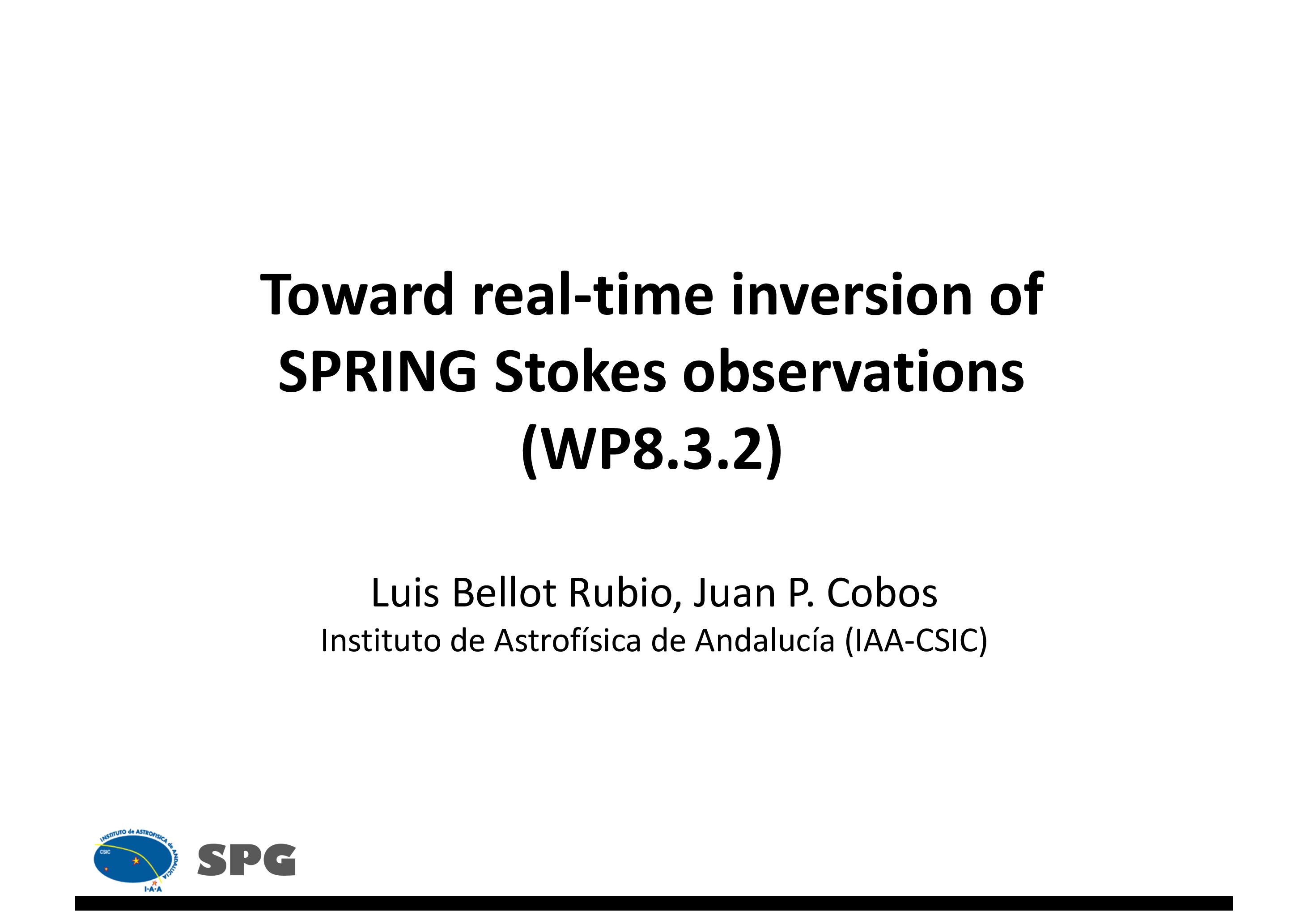
Session: Design of telescopes and instrument platform
| First Name | Last Name | Affiliation |
|---|

